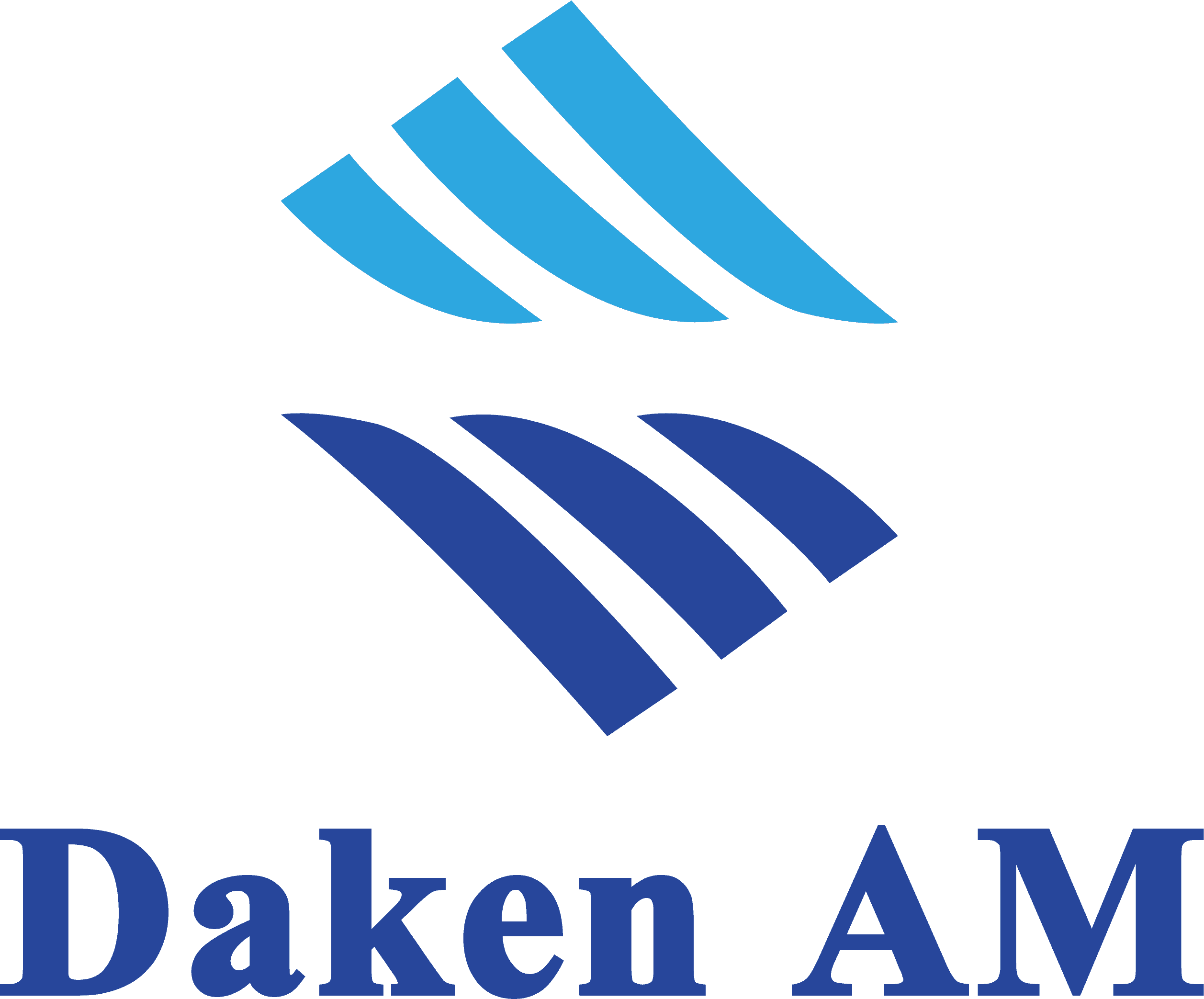| Shanghai Daken Advanced Materials Co.,Ltd | |
|---|---|
| Country: | China |
| Tel: | +8637166670886 |
| E-mail: | info@dakenam.com |
| QQ: | 1690700875 |
| Skype: | Chat Now! |
2,5-Dihydroxyterephthalic acid(CAS NO.: 610-92-4) for MOF from Daken Chemical
Release time: 2024-09-05
Metal-organic frameworks (MOFs) are a new type of porous material with a regular pore structure formed by the connection of metal ions and organic ligands.
General description of MOFs
MOF (metal organic framework) is a crystalline powder filled with tiny molecular-sized pores. They have a unique structure: a porous structure in which metals are interconnected by organic connectors. Due to the highly ordered and highly adjustable pore structure, MOFs are considered to be a class of materials with great potential for size-screening catalysis, among which hollow MOF materials have attracted particular attention recently. This is because the encapsulation of catalytically active nanomaterials in the hollow MOF can not only utilize the uniform pores of the MOF to achieve size-screening catalysis and protect the catalyst, but the ultra-thin shell can also ensure the rapid diffusion of reactant and product molecules, thereby improving the kinetics of the catalytic reaction.
Applications of MOFs
Metal-organic frameworks (MOFs) are extremely versatile, ultra-porous nanomaterials that can be used to store, separate, and release almost anything. MOFs are predicted to be the defining materials of the 21st century. They are ideal for detecting and capturing/adsorbing tiny concentrations of substances, purifying water or air, and can also store large amounts of energy for better batteries and energy storage devices. Scientists have designed more than 88,000 precisely customized MOFs for applications ranging from agriculture to pharmaceuticals.
1. Separation performance
Compared with other porous structure materials, MOF materials can regulate the crystallinity, pore regularity and surface activity of materials through experimental design. Therefore, MOFs show great application potential in various separations and can be used in liquid phase and atmosphere, such as: from CO2 capture, natural gas purification, hydrogen purification, inert gas separation, air separation to harmful gases, from desulfurization to macromolecular inclusion, to structural isomer separation to enantiomer separation, etc., all kinds of environments that need to be separated in gas phase and liquid phase systems. At present, MOF, as a separation material with a single characteristic, has been studied more maturely. In the future, the application of MOF materials in separation will no longer be the selective adsorption of CO2 relative to N2 or CH4 calculated by a single component isotherm, but the selective capture of CO2, nitrogen oxides and other pollutants from hot and humid flue gas streams filled with SOx, and the materials will not degrade during many years of use.
2. Energy storage performance
The main problem of MOF materials in the field of energy storage is that the conductivity and cycle life cannot meet the application requirements. Therefore, people use various types of MOF materials in supercapacitors and metal batteries to explore their electrochemical energy storage mechanism, electrode material stability, charge transfer pathways, mass transfer and electrochemical reactions. However, compared with MOF oxides and carbon material derivatives, the preparation methods of MOF thin film materials need to be further expanded.
The role of 2,5-dihydroxyterephthalic acid (DHTA) in MOFs
2,5-dihydroxyterephthalic acid (CAS No.: 610-92-4) is a compound with the molecular formula C8H6O6 and the abbreviation DHTA.
The application of 2,5-dihydroxyterephthalic acid (DHTA) in MOF materials is mainly reflected in its participation as an organic ligand in the self-assembly process of MOF. The introduction of DHTA can increase the specific functionality and application range of MOF materials. For example, DHTA can be used to prepare MOF materials with specific pore structures and surface functions, which have been widely used in gas adsorption, storage and separation, electrode materials, and catalysis. 1.
In addition, the application of DHTA in MOF materials is also reflected in its introduction as a filler into the polymer matrix to construct mixed matrix membranes (MMMs). This MOF-polymer mixed matrix membrane exhibits excellent performance in pervaporation technology, especially in the dehydration of organic solvents, recovery of organic matter from dilute solutions, and separation of organic mixtures. The application of this technology not only improves the pervaporation performance of the membrane, but also provides new possibilities for its application in the field of separation science. 2.
In summary, the application of 2,5-dihydroxyterephthalic acid in MOF materials not only expands the types and application scope of MOF materials, but also improves the application performance of MOF materials in specific fields, opening up new avenues for the research and application of new materials.

